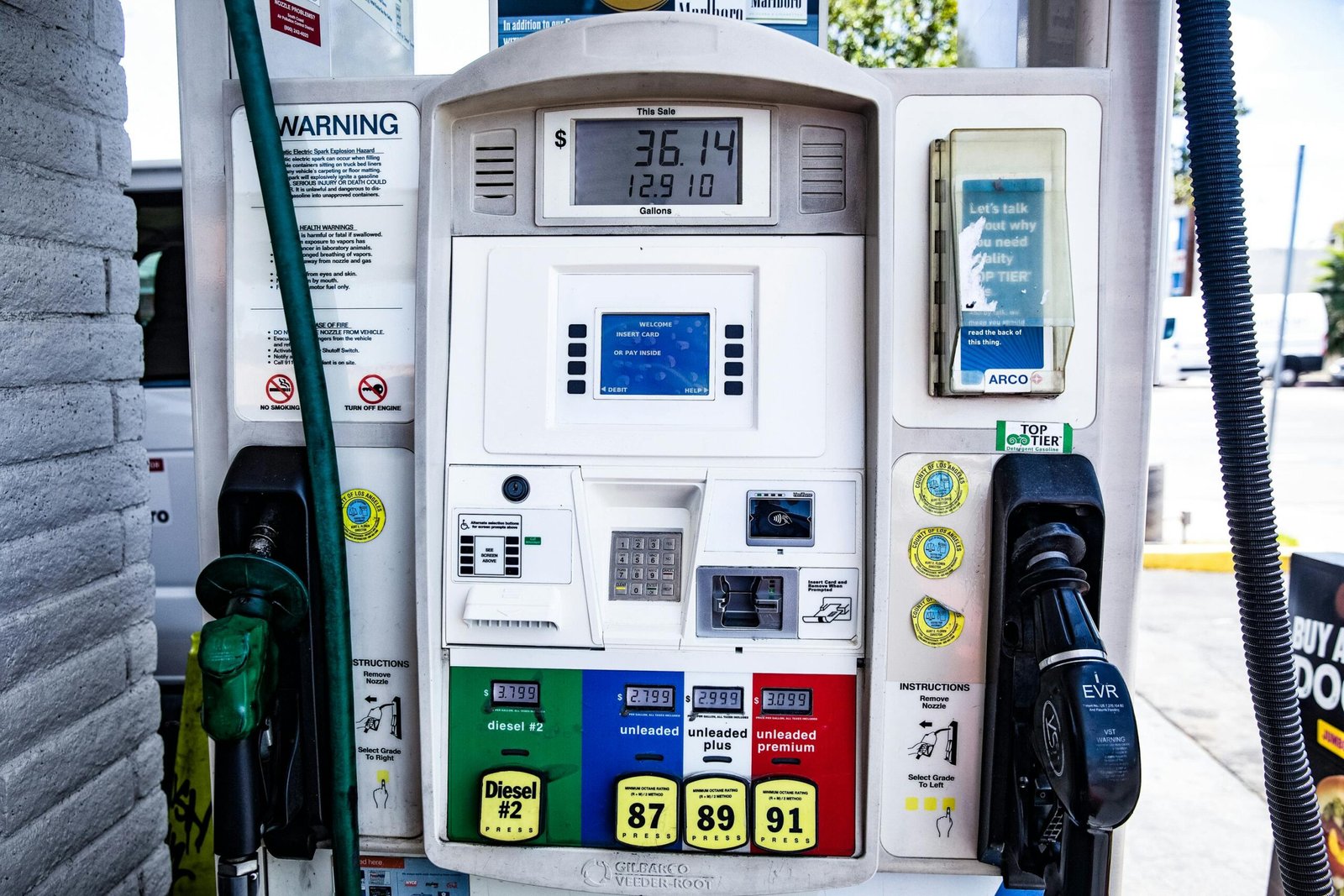Car insurance can be one of those things that’s easy to put off but so important once you really need it. Whether you’re a new driver or someone looking to switch up your policy, understanding the ins and outs of car insurance is key to making informed decisions that will protect you and your vehicle. The world of car insurance can be complicated, with so many types of coverage, terms, and options to choose from. But don’t worry—I’m here to break it all down in simple terms so you can navigate the world of car insurance like a pro.
1. What is Car Insurance? A Quick Overview
At its core, car insurance is a contract between you and an insurance company. You pay premiums in exchange for financial protection in case of accidents, damage, theft, or other car-related incidents. It helps protect you from having to pay out of pocket for costly repairs or medical expenses. Without car insurance, you’d be financially responsible for the full costs of accidents, and that can get expensive fast.
2. Why Do You Need Car Insurance?
It’s not just a smart idea to have car insurance—it’s the law in most places. Almost every state or country requires drivers to have a minimum level of insurance. But beyond that legal requirement, having the right coverage can save you from financial headaches, provide peace of mind, and ensure you’re covered in case of any unexpected incidents on the road.
- Protects Your Finances: Car repairs and medical bills can get pricey, especially in an accident.
- Peace of Mind: Knowing you’re covered in an emergency means you can focus on the road, not what could happen.
- Legal Requirement: In most places, driving without insurance can result in fines, penalties, or even the loss of your driver’s license.
3. Types of Car Insurance Coverage You Should Know About
Not all car insurance policies are the same, and the type of coverage you choose will affect how much you pay. Here are the main types of car insurance coverage:
3.1. Liability Insurance
Liability insurance is typically the most basic and is required in many states. It covers damage to other people and their property if you’re at fault in an accident. There are two parts to liability insurance:
- Bodily Injury Liability: Covers medical costs for other people injured in an accident you caused.
- Property Damage Liability: Covers repairs to the other driver’s vehicle or property (like a fence or mailbox) that you damage in an accident.
3.2. Collision Insurance
Collision insurance covers the cost of repairs or replacement of your car if it’s damaged in an accident, regardless of who’s at fault. So, whether you crash into another vehicle or hit a tree, your car will be covered.
3.3. Comprehensive Insurance
Comprehensive coverage covers damage to your car that’s not caused by a collision. This includes theft, vandalism, natural disasters, hitting an animal, or damage from falling objects like tree branches. It’s an optional add-on, but it can be a lifesaver in case of unexpected events.
3.4. Uninsured/Underinsured Motorist Coverage
What happens if you get into an accident with someone who doesn’t have insurance, or doesn’t have enough to cover the damage? That’s where uninsured/underinsured motorist coverage comes in. It helps cover medical bills and repairs if the other driver is at fault but doesn’t have enough insurance.
3.5. Personal Injury Protection (PIP)
Also known as “no-fault insurance,” PIP covers medical expenses for you and your passengers, regardless of who’s at fault in an accident. It can also cover lost wages if you’re unable to work due to your injuries.
3.6. Gap Insurance
If your car is totaled or stolen, gap insurance helps cover the difference between the current value of your car and what you owe on your loan or lease. Without gap insurance, you might end up paying off a car loan for a vehicle you no longer have.
4. How Car Insurance Premiums are Calculated
You probably want to know how much you’ll pay each month for your car insurance policy. While premiums vary from person to person, they’re typically calculated based on a few key factors:
- Driving History: Your history of accidents, tickets, and claims can impact how much you pay.
- Age and Gender: Younger drivers and male drivers tend to pay higher premiums due to statistical risk factors.
- Type of Car: Expensive or high-performance cars typically cost more to insure.
- Location: Where you live plays a role—urban areas with higher traffic and crime rates often result in higher premiums.
- Credit Score: In some states, insurers use your credit score as a factor in determining your premium. Better credit usually means lower rates.
- Coverage Levels: The more comprehensive your coverage, the higher your premium will likely be.
5. Deductibles: What Are They and How Do They Work?
The deductible is the amount you pay out of pocket before your insurance kicks in. For example, if you have a $500 deductible and you’re in a minor accident that results in $2,000 worth of damage, you’d pay the first $500, and the insurance company would cover the remaining $1,500.
Choosing a higher deductible can lower your monthly premium, but it also means you’ll pay more if you need to file a claim. Balancing the deductible with your budget is important to get the right coverage without overburdening yourself financially.
6. Tips for Lowering Your Car Insurance Premiums
Car insurance can be expensive, but there are ways to save money without sacrificing the coverage you need. Here are a few tips for lowering your premiums:
- Shop Around: Different insurers offer different rates, so it’s always a good idea to compare quotes.
- Bundle Insurance: Many companies offer discounts if you bundle your car insurance with home or renter’s insurance.
- Maintain a Good Driving Record: Safe driving will keep your premiums lower in the long run.
- Increase Your Deductible: A higher deductible can lower your monthly premium—but make sure it’s an amount you can afford to pay out of pocket.
- Drive a Safe Car: Cars with high safety ratings or anti-theft features may qualify for discounts.
- Ask About Discounts: Many insurers offer discounts for things like low mileage, being a good student, or taking a defensive driving course.
7. Car Insurance for New Drivers: What You Need to Know
If you’re a new driver, you might be looking at car insurance for the first time, and that can feel overwhelming. Insurance for new drivers is often more expensive because they lack driving experience. But there are still ways to save:
- Consider Adding Yourself to a Parent’s Policy: If you’re a young driver, you might be able to save money by being added to a parent’s existing insurance policy instead of getting your own.
- Start with Basic Coverage: If you don’t drive often or have an older car, you might not need comprehensive or collision coverage.
- Take a Driver’s Safety Course: Many insurance companies offer discounts for completing a driver’s education course.
8. How to File a Car Insurance Claim
Filing a car insurance claim can be a straightforward process, but it’s important to know what steps to take. Here’s a quick guide:
- Ensure Safety First: If you’re in an accident, make sure everyone is safe before you do anything else.
- Document the Incident: Take photos of the scene, any damage, and other driver information (if applicable).
- Report the Claim: Contact your insurance company as soon as possible to report the accident. Many companies offer mobile apps or 24/7 support to help you get started.
- Follow Up: Your insurer will investigate the claim, and you may be asked for additional documentation. Be patient and stay in touch with your claims adjuster.
9. Common Car Insurance Myths Debunked
There are a lot of myths about car insurance floating around, and they can lead to confusion when you’re making decisions. Let’s debunk a few of the most common myths:
- Myth #1: “Red cars cost more to insure.”
Actually, the color of your car has no impact on insurance rates. - Myth #2: “If I’m not at fault, my rates won’t go up.”
Not necessarily—if you file too many claims, even if you’re not at fault, it could raise your premiums. - Myth #3: “The minimum coverage is all I need.”
While minimum coverage meets legal requirements, it may not fully protect you in the event of an accident.
10. Conclusion: Making the Right Choice for Your Car Insurance
Car insurance isn’t just a mandatory expense—it’s an essential safety net for both your vehicle and your financial wellbeing. With so many options and coverage levels, it can feel overwhelming at first. But by understanding the basics of car insurance, including the types of coverage, factors that affect premiums, and how to file a claim, you can make a more informed choice. Whether you’re a first-time driver or just looking to switch things up, the key is finding the right balance of coverage and cost for your needs.
FAQs
1. What’s the difference between full coverage and liability insurance?
Full coverage includes both liability and additional protection like collision and comprehensive insurance. Liability covers damage to others and their property, while full coverage protects you from your own vehicle’s damage.
2. Does my car insurance cover rental cars?
Some policies may extend coverage to rental cars, but it’s important to check with your insurer. If you’re renting a car, you may also want to purchase additional rental insurance from the rental company.
3. Is car insurance more expensive for young drivers?
Yes, young drivers typically face higher premiums because they lack driving experience, which statistically makes them more likely to be involved in accidents.
4. How often should I review my car insurance policy?
It’s a good idea to review your car insurance policy annually or after any major life changes, like moving to a new area, getting a new car, or experiencing a change in your driving habits.
5. Can I cancel my car insurance at any time?
Yes, you can cancel your car insurance at any time, but be aware that doing so may result in a cancellation fee or penalty. Always check with your insurance provider about the terms before making changes.




